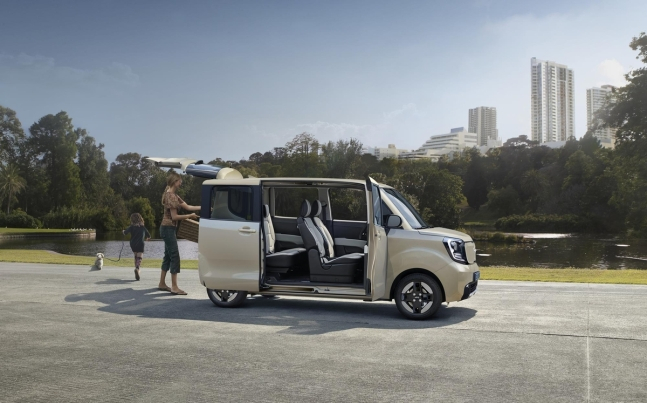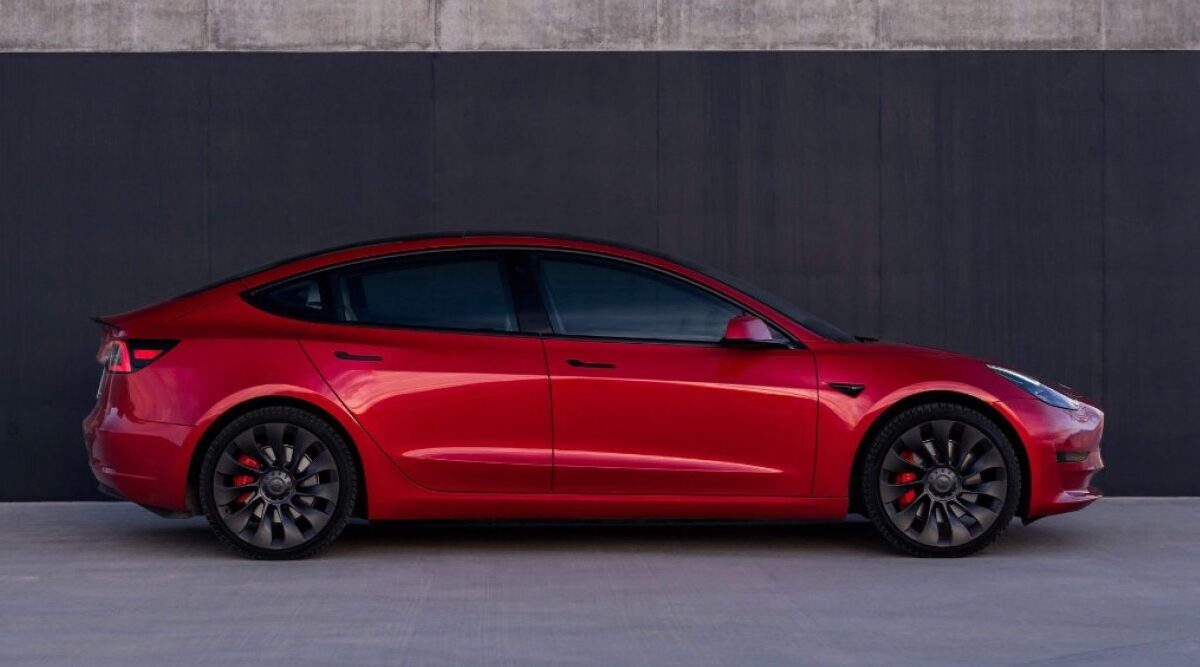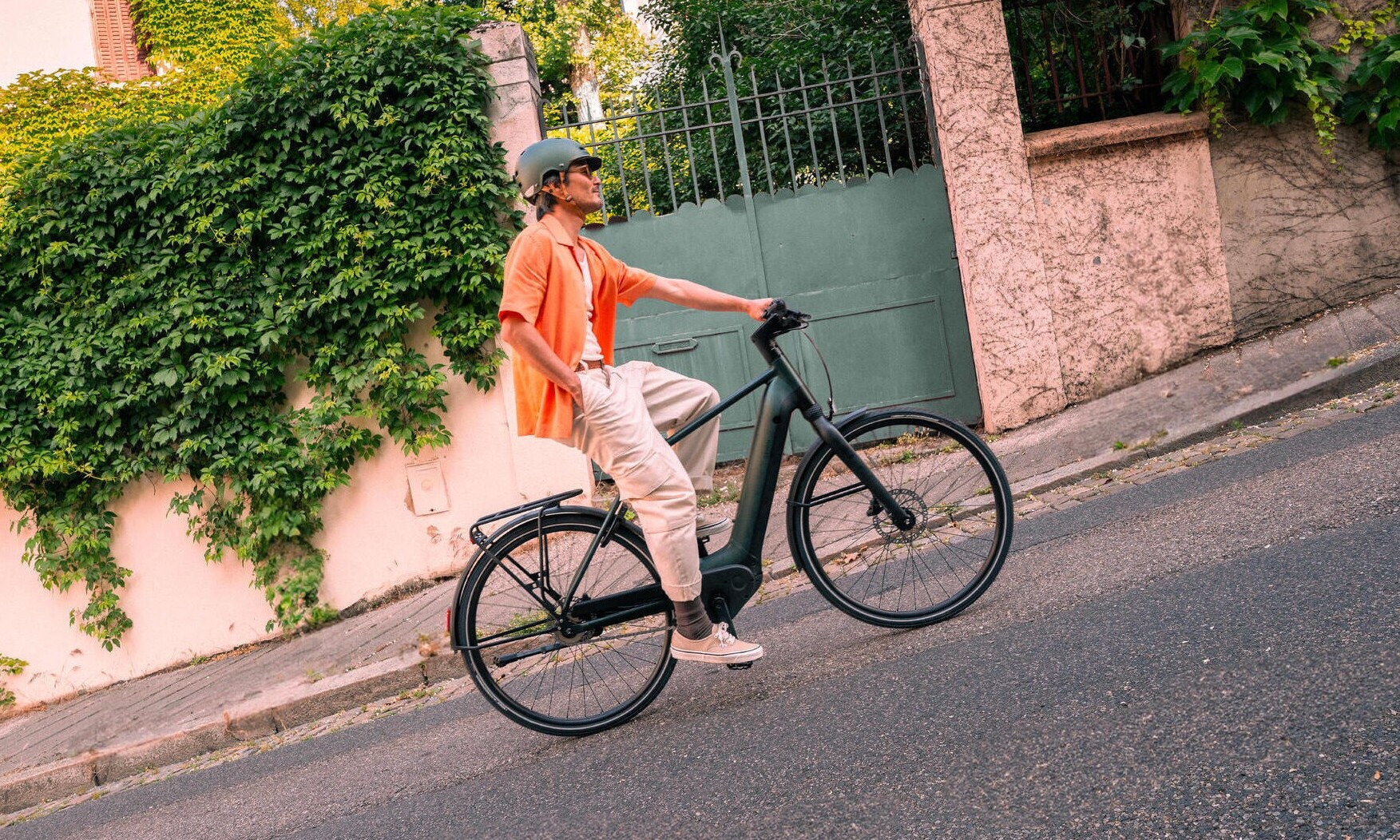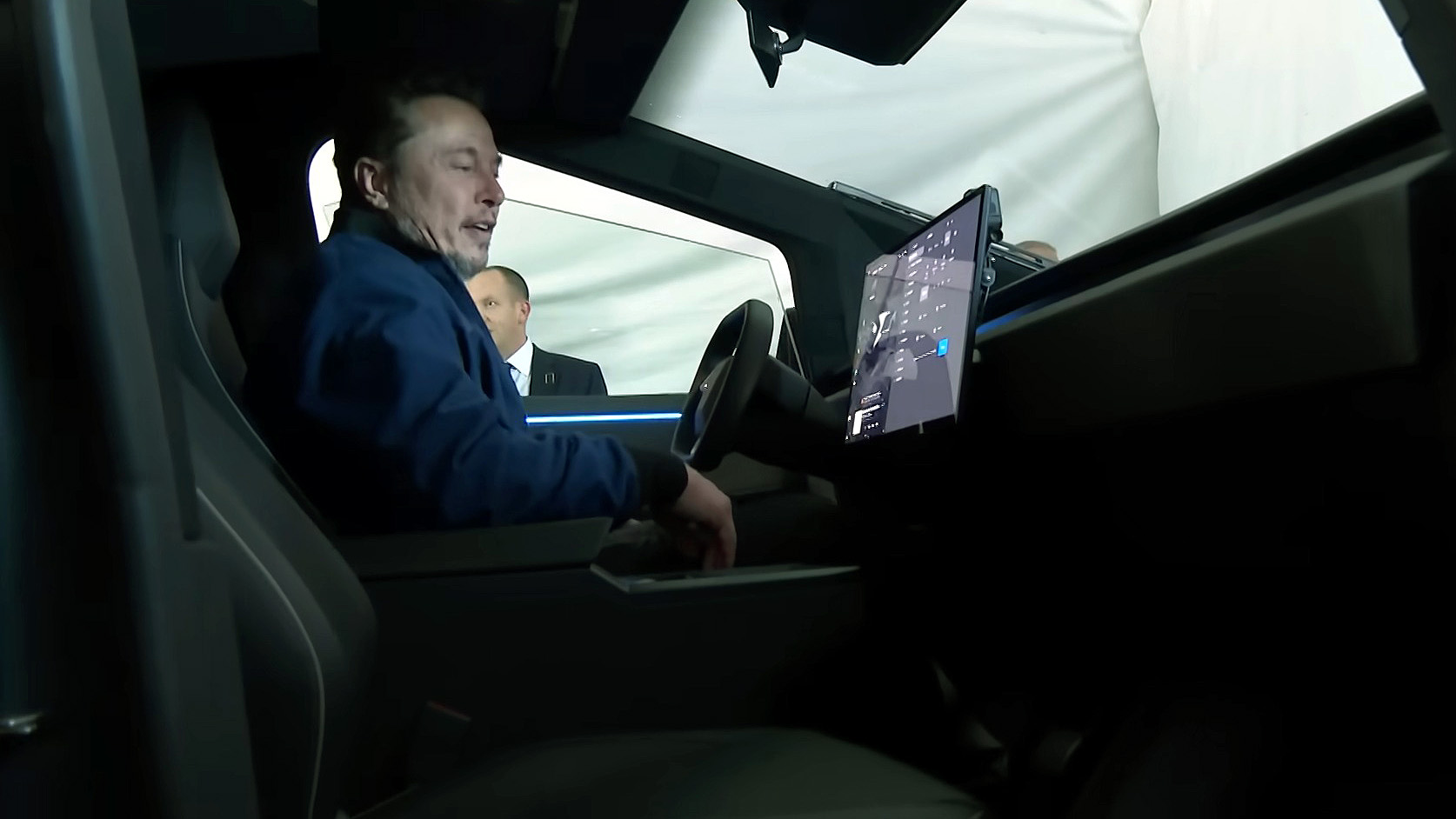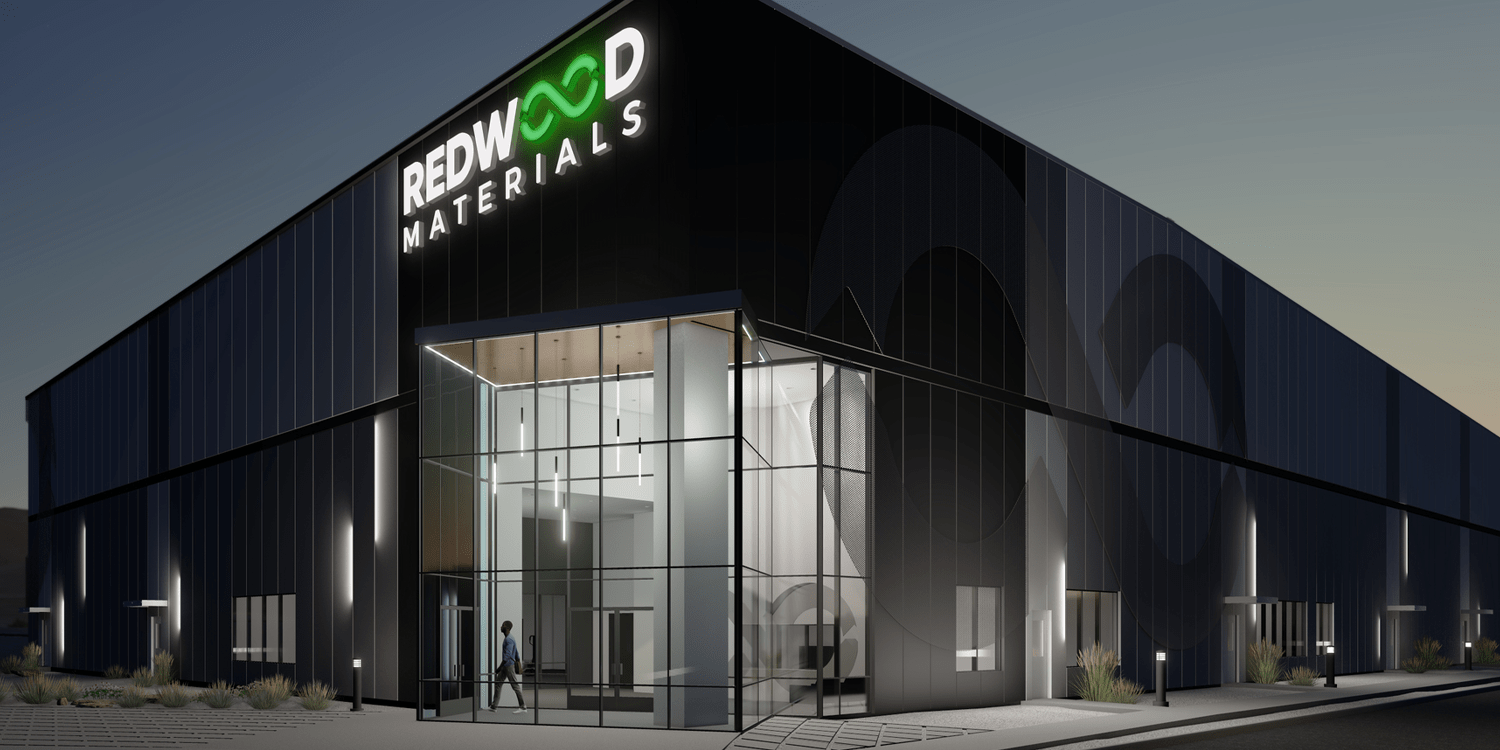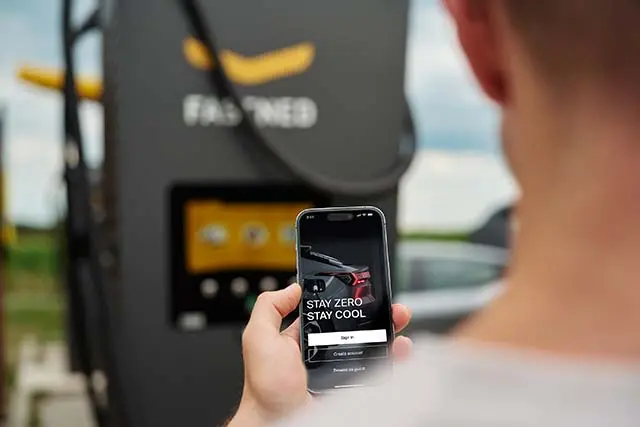Kia has officially unveiled its latest electric vehicle (EV), the Kia Ray EV. This electrified version of the popular compact car, the Ray, represents Kia’s continued commitment to the burgeoning electric vehicle market.
The Kia Ray EV is equipped with a robust 35.2 kWh lithium iron phosphate (LFP) battery, promising an impressive single-charge driving range of 205 km under combined conditions and an even more remarkable 233 km in urban settings. Notably, the vehicle has been meticulously engineered for aerodynamic efficiency, featuring a front battery under-cover to enhance overall performance. Its energy efficiency is rated at 5.1 km per kWh, based on the utilization of 14-inch tires.
In the realm of convenience and fast charging, the Ray EV lives up to expectations. A 150 kW rapid charger can elevate the battery charge from 10% to 80% in just 40 minutes, making it an attractive choice for those seeking a quick power boost. For users opting for a standard 7 kW charger, a full charge from 10% to 100% can be accomplished within 6 hours.
Under the hood, the electric motor of the Ray EV boasts a maximum output of 64.3 kW, roughly equivalent to 87 ps, and a peak torque of 147 Nm. These performance figures outshine the gasoline-powered counterpart of the vehicle, which offers a maximum output of 76 ps (approximately 55.9 kW) and a torque peak of 9.7 kgf·m (95.1 Nm).
To enhance the urban driving experience, the Ray EV incorporates a range of features tailored for city life. These include an Auto Hold function for ease of maneuvering in stop-and-go traffic conditions, a Full Flat mode that allows all seats to fold down, creating additional cargo space, and a Utility Mode that enables the use of electrical amenities like air conditioning and audio even when the car is stationary.
The vehicle has already garnered significant attention in the market. In a remarkable achievement, Kia received over 6,000 pre-orders for the Ray EV between August 24 and September 20, surpassing its annual sales target of 4,000 units by over 50%. This early success underscores the growing appetite for electric mobility solutions among consumers.

